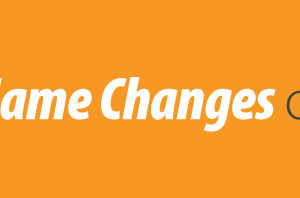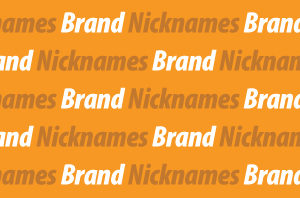
The Supreme Court does not allow obscenity or profanity in the title of a company, so why did the U.S. Patent and Trademark Office decline Erik Brunetti’s title?
As reported by Wall Street Journal on April 25, 2019 by Hadley Arkes.
The Business That Dare Not Speak Its Name
A New York lawyer pointed out to me 40 years ago the long-settled understanding that one may not use an obscenity or profanity in the title of a company. The Supreme Court addressed that point last week in a case called Iancu v. Brunetti. Erik Brunetti sought a trademark for a brand of streetwear he would call by the acronym for “Friends U Can’t Trust”—close enough to the F-word that the U.S. Patent and Trademark Office refused to register it. The usual cries came up—that the standards of judgment are incurably subjective, that if the law started making judgments of this kind, the government would have a license for censoring all manner of political speech. Both claims were clearly belied as the oral argument unfolded.
The F-word and the N-word hovered in the air, with constant allusions. The telling point was that the justices and lawyers on both sides performed a delicate choreography as they carefully avoided saying those words—or the disputed company name—out loud. Everyone seemed to understand the words that should not be used. An understanding of that kind, shared so widely, cannot be merely subjective. It is “intersubjective,” as the philosophers say—understood by others apart from ourselves.
The argument demonstrated the hard fact of “ordinary language.” Certain words are fixed in the language with the moral functions of “commending” and “condemning,” and some of them have a special edge as terms of assault and disparagement. In recent experience any hint of the N-word is likely to trigger an explosion of outrage. How many words of this kind are there?
Justice Neil Gorsuch noted a hard core of seven mentioned in the briefs. Some of the words lose their edge over time and in different settings, but at any given moment there is remarkable consensus on what words are unacceptable. Truck drivers and construction workers are as acute as lawyers in detecting these insults. And as the court recognized in Chaplinsky v. New Hampshire (1942), these words can be banned without diminishing in the least the freedom to make the most searing, substantive commentaries on virtually any subject in our public arguments.
Chief Justice John Roberts touched the heart of the matter when he remarked that advertisements will be posted in malls where children can see them. Mr. Brunetti is appealing to rebellious young men, “but that’s not the only audience he reaches,” the chief justice observed, and that “sort of gets to the government interest of whether or not it wants to be . . . associated with facilitating this kind of vulgarity.” With that point Chief Justice Roberts moved beyond talk of the advantages conferred or withheld by the imprint of the government and touched the interest that the court has rarely taken seriously over the past half century—that the laws have a pronounced effect in shaping moral sensibilities.
Tocqueville caught the core of this long ago. In France, he said, aristocrats may patronize a cause, and through their prestige give it a public visibility. But in America, a land without aristocrats, ordinary people form an association, the title and banner of which proclaim their purposes to the public. Is it good for us as a people if such a group includes an obscenity or a slur in the summoning principles of a legitimate business in this country?
The late Walter Berns, in a classic essay on pornography, offered some common-sense wisdom on this matter: “We began,” he wrote, “with a proper distrust of the capacities of juries and judges to make sound judgments . . . but led by the Supreme Court we went on improperly to conclude that the judgments should not be made because they cannot be made, that there is nothing for anyone to judge.”
Now that you know the story, is it fair that the U.S. Patent and Trademark Office refused to register “Friends U Can’t Trust?”
Check out some additional resources on trademark and brand naming:




